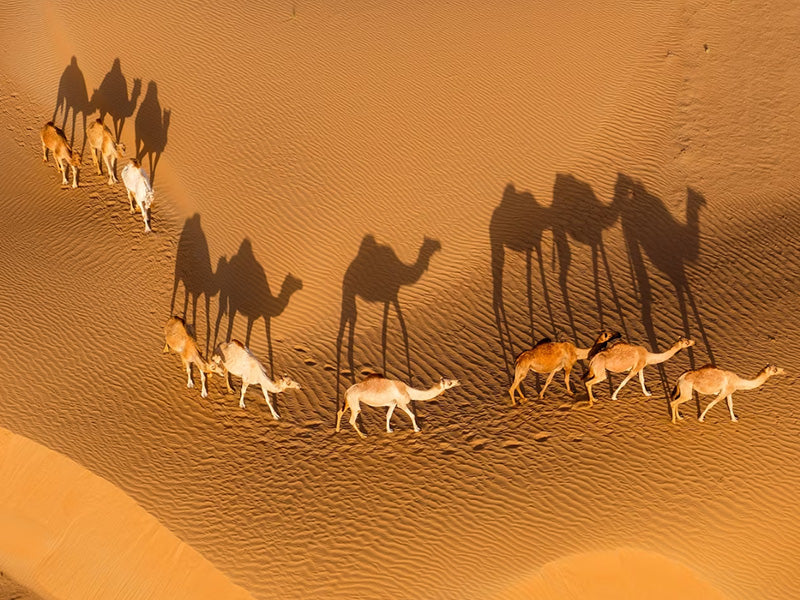‘Camel Mirage’ | LOVE BRAND & Co. Original Print

Recent articles
We are delighted to partner with British boutique luxury villa agency, SJ Villas. With a shared love of family holidays and shared values and respect for the natural world, our collaborative print ‘Turtle Light’ shines a spotlight on endangered sea turtles in Barbados





